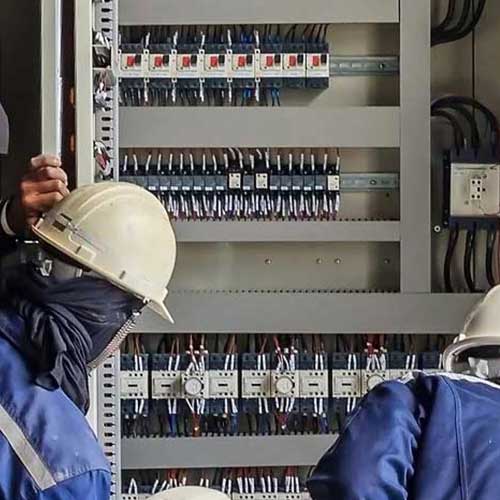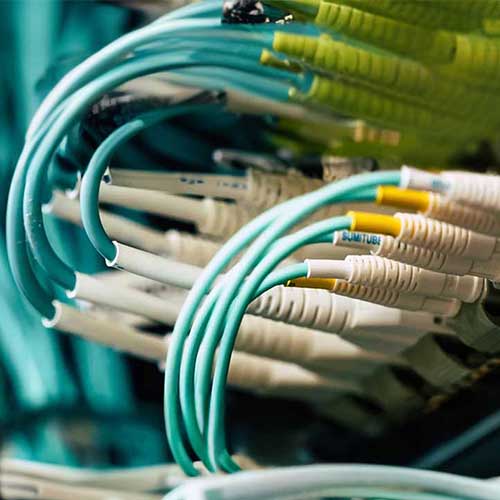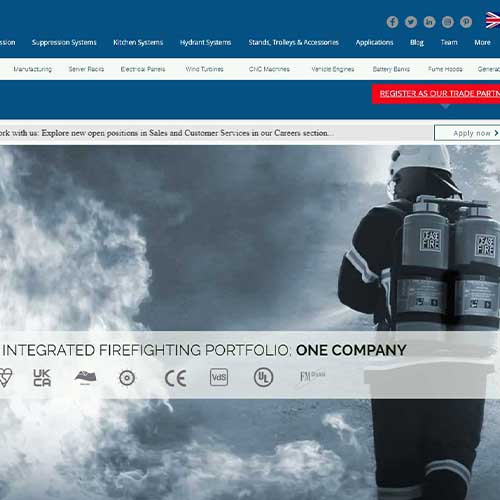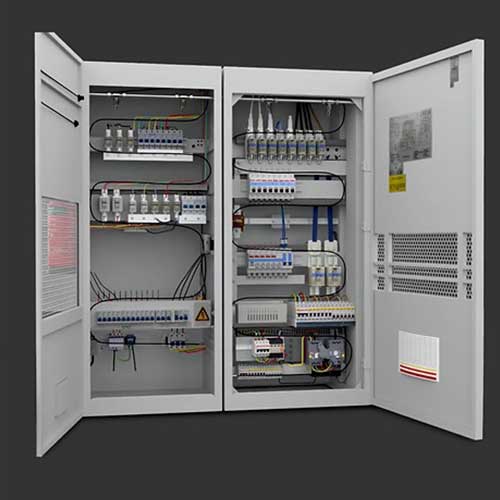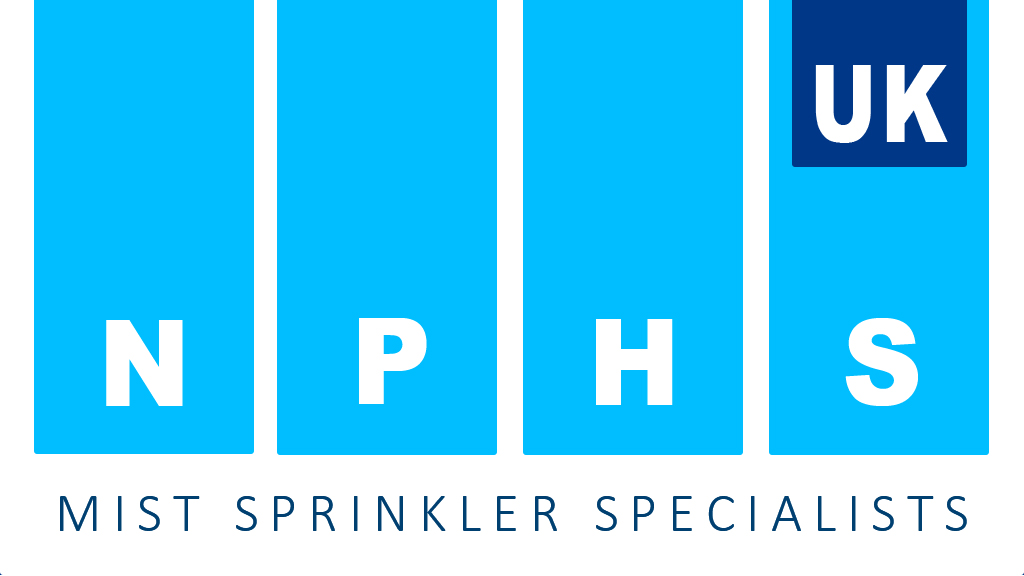— what is it / how does it work?
Gaseous Fire Suppression

Gaseous fire suppression is a method of extinguishing fires using inert gases or chemical agents. These systems work by either displacing the oxygen required for combustion or inhibiting the chemical reaction at the molecular level. Here’s a detailed look at how these systems operate and their types:
How Gaseous Fire Suppression Works
- Displacement of Oxygen:
- Some gaseous systems, like those using inert gases (e.g., argon, nitrogen, or a mixture of these), suppress fire by reducing the oxygen concentration in the protected area to a level that will not support combustion.
- Chemical Interruption:
- Other systems, such as those using halocarbon agents (e.g., FM-200, Novec 1230), interrupt the chemical reactions occurring during combustion. These agents absorb heat and/or release free radicals that neutralize the combustion process.
Types of Gaseous Fire Suppression Systems
- Inert Gas Systems:
- Inergen (IG-541): A mixture of nitrogen, argon, and carbon dioxide.
- Argonite (IG-55): A mixture of argon and nitrogen.
- Pure Gases: Systems that use a single type of inert gas, such as nitrogen or argon.
- Chemical Agents:
- FM-200 (HFC-227ea): A halocarbon agent that extinguishes fire primarily through heat absorption and chemical reaction interference.
- Novec 1230 (FK-5-1-12): A fluorinated ketone that absorbs heat and interferes with the combustion process.
- Halon 1301: An older agent known for its effectiveness but largely phased out due to environmental concerns (ozone depletion potential).
Applications of Gaseous Fire Suppression
- Data Centers: Protect sensitive electronic equipment without leaving residue.
- Telecommunications: Safeguard critical infrastructure.
- Archives and Museums: Preserve valuable documents and artifacts.
- Marine and Aviation: Used in engine compartments and other critical areas.
Advantages of Gaseous Fire Suppression
- Non-Conductive: Safe for use around electrical equipment.
- No Residue: Leaves no residue that would require cleanup, unlike water-based systems.
- Effective in Enclosed Spaces: Particularly suited for confined areas where it can effectively displace oxygen or reach necessary concentration levels.
Disadvantages
- Cost: Generally, more expensive to install and maintain than traditional sprinkler systems.
- Environmental Concerns: Some agents have environmental impacts, such as global warming potential or ozone depletion.
Gaseous fire suppression systems are critical in protecting valuable assets and ensuring business continuity in environments where traditional fire suppression methods may cause damage or be ineffective.
Get a Quote
Get A FREE Quote
If you have any questions about fire suppression systems in the home, residential or commercial sector, do not hesitate to contact us direct.
— Gaseous: Suppression
Resources
Scroll through our supporting articles:


